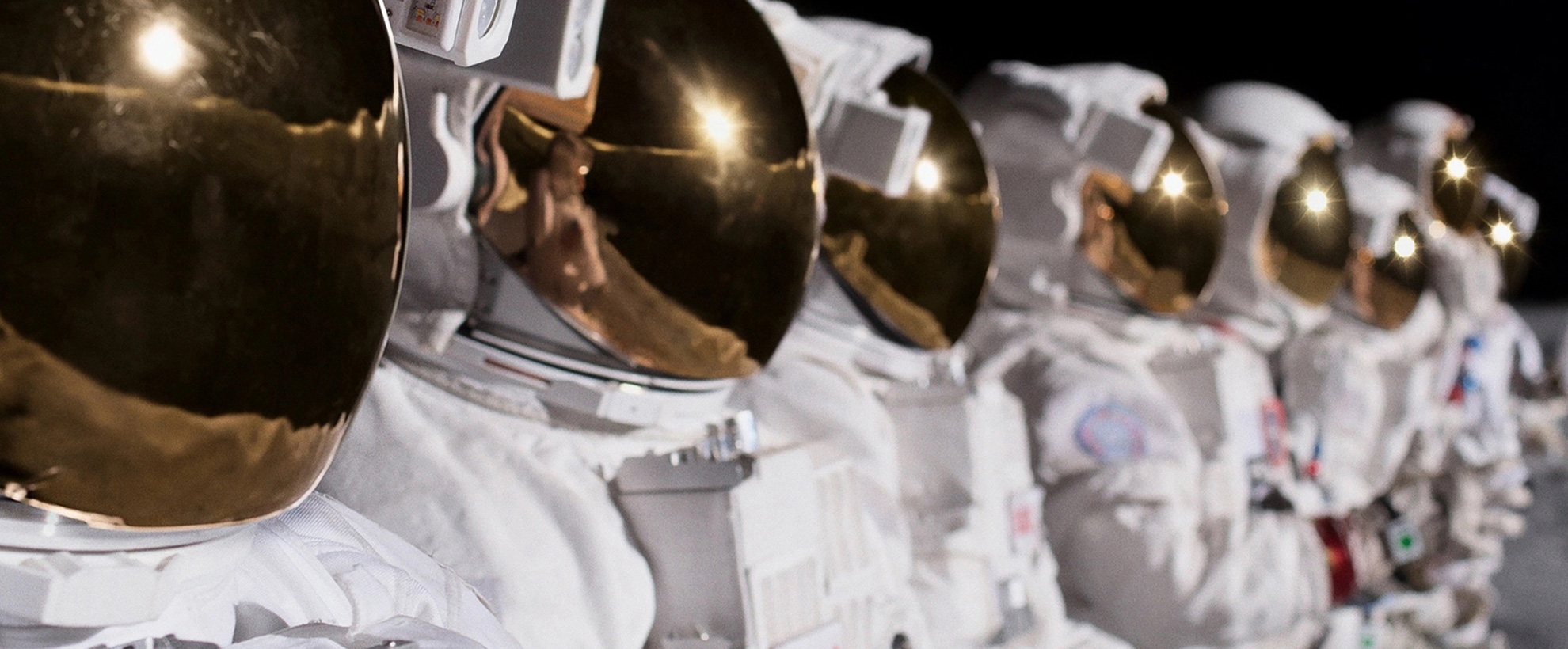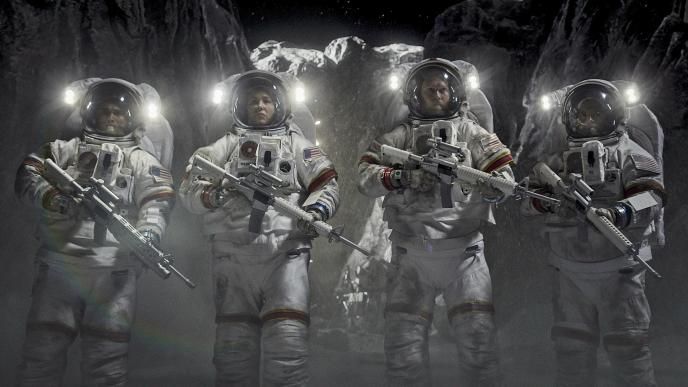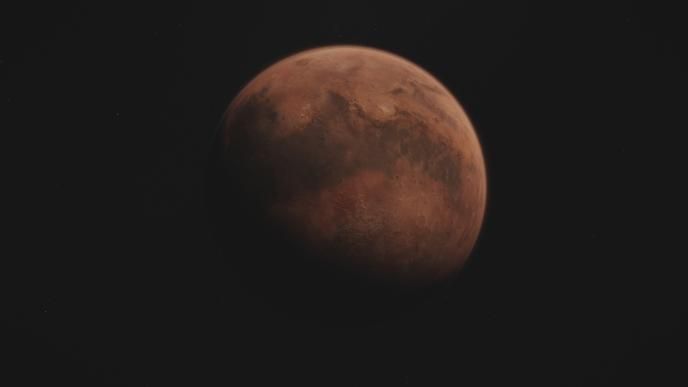
For All Mankind Season 2
This project was completed by Method Studios in 2019. Method’s film and episodic teams in Montreal, Vancouver and Melbourne are now a fully-integrated part of Framestore.
The highly-acclaimed series For All Mankind takes a counterfactual look at a version of the mid-20th-century space race in which the Soviet Union precedes the United States to the moon. Praised for its meticulous attention to detail the series visual effects, which are designed to pass the scrutiny not just of regular viewers but also of the teams of former astronauts and NASA-based consultants who weigh in on all facets of each episode.
Method's Vancouver and Montreal studios divided the company's portion of the VFX work for the show, with Mat Krentz supervising at the former and Philippe Desiront leading the latter group -- all reporting to the series' overall VFX supervisor Jay Redd. Although the events in the series did not happen in reality, it was always very important to the show's creators that from a scientific standpoint they could have and that the visual representation looks real even to experts in the field. The work -- including spaceships (the American Apollo and Soviet Soyuz), a representation of the lunar surface, the moon-base (known as Jamestown) and a significant number of digital doubles -- needed to look and behave in ways that the former astronauts and other NASA-based consultants on the show could sign off on. Scientific realism always took precedent over flash.
The work in recreating the Apollo Saturn 1B rocket started with photographs of the real NASA rocket of the period, "but we didn't have access to highly-detailed images or blueprints," Krentz recalls, "so we did a lot of research on rockets and got hold of a whole lot of data. All the science was held to real scientific standards." Take the flames shooting out of the CSM, he adds, "our artists initially pitched ideas that we thought would be cool. We had fire shooting out the end of the rocket but our NASA consultants came back saying, 'It actually would not shoot out like that. It would form a bell shape' and they told us, 'There would be purples and blues in the fire but not reds and yellows.' So we'd rework our designs based on their very specific input."
Work on the Soyuz, Saturn V, Saturn 1B and other spacecrafts went through the same meticulous process. Likewise, Method's teams of artists, modellers, shaders and compositors created a number of moon environments, from distant views to elements of its surface developed to an extremely high degree of detail and fidelity with a highly-realistic rendering of the unconsolidated rocky material covering bedrock and craters -- a scientifically accurate rendering of what is called the regolith layer.
The rudimentary town that astronauts inhabit, which is dubbed Jamestown in Season One, is expanded in Season Two and this was also overseen by Krentz and his team. "We had already done a lot of work on this in the first season and a lot of the work we did for the new season was adding details and increasing the resolution of much of the [CG set extensions]."
Desiront and the Montreal studio also built several space ships, including the LSAM, a flying module with gun-carrying marines attached to the back. The module itself, is based off of the Altair spacecraft, but was developed by the Montreal team through an iterative process with Desiront, Redd, the scientific consultants and the filmmakers and was built in 3D along with the militarised astronauts we see riding it.
The Montreal group also contributed to the lunar surface elements and they also built an effect Desiront is particularly proud of called boiling regolith. This phenomenon is caused by solar storms on the moon and was designed by minds of visual effects artists looking to add some strangeness to the lunar surface and is actually based on sound scientific principles about something that could actually occur based on the moon's physical properties. Desiront likens the effect of tiny particles of the moon's surface flying upward to something like a snowstorm, "but a lot more geometric. It's not messy like a snowstorm. The phenomenon is affected by solar eruptions and it's very contained within a specific space. The effect is almost as if you held a giant magnet above iron particles and they just lift upwards creating this geometric shape."
In one climactic sequence in season 2, the characters Gordo Stevens (Michael Dorman) and ex-wife Tracy (Sarah Jones) must run from the outside of the base without their space suits to try to repair a problem in nearby Jamestown before a disaster occurs. They try to wrap themselves in makeshift suits for some sort of protection. The scene involved a full CG environment of the moon surface with Jamestown in the background and CG reflective visors. Their skin starts boiling from the sun's radiation, and Method added some CG blood spurting from their body.
In addition to the large, hero type shots Method created, the studios also handled a significant amount of "invisible" VFX that really help sell the premise that the viewer is watching something from the 1960s through the '80s. A significant amount of the action is presented on TVs and monitors within the story and for this, the Method artists finetuned the imagery to exhibit the technical limitations of broadcast technology of the era. In some instances exposure limitations of cameras would be taken into account, "We have to make sure we don't see things like the stars in space because the cameras wouldn't be able to capture them at the same time as the foreground environments" Krentz says. "They didn't have the fidelity that they do now. And all those artefacts like monitor noise and distortion had to be present." The all-CG, live action and hybrid shots as presented on screens within the show had to be degraded in a way that made them look like video of the era really looks.
While Krentz is generally used to VFX that are primarily shaped by story requirements and then wow factor, he greatly enjoyed working under the exacting rigours of scientific reality. "Some of it was super nerdy," he recalls, "but it was all really fun!"



